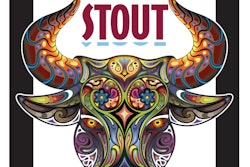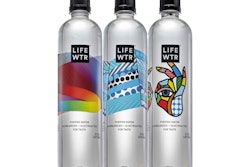In its purest form, clean labeling is considered to be a movement in which the consumer is given information about the product that is clear (not confusing) and transparent with regard to meaning. This has translated to companies removing synthetic additives, flavors, and colorants and replacing them with natural ingredients.
The term “clean label” is not regulated by any organization, nor is it trademarked as such. There is an organization called GoCleanLabel™ that will provide a logo that you can use on your packaging to indicate that a product has met their requirements. An inquiry form must be filled out, the product(s) must be reviewed, the license agreement must be signed, and a certification fee must be paid in order to have permission to use the trademarked logo.
The drive behind clean labeling seems to be related to the natural and organic foods movement that expanded with stores such as Whole Foods and Trader Joe’s. Packaging can contribute to the clean label movement beyond providing easy-to-read graphics that communicate clarity and trustworthiness. Since foods that have ingredients removed are most desired for a truly clean label, packaging can step in and do the job that an ingredient used to perform. A good example is antioxidants used to prevent or reduce oxidative rancidity in foods containing fat. Typical antioxidants used in foods are BHA (butylated hydroxyanisole) or BHT (butylated hydroxytoluene). Obviously, today’s consumers reading a label with these additives will be turned off, and if they look these up on their smart phone they will be alarmed, depending upon the website they find. To avoid this experience, an oxygen sachet or oxygen scavenging material can be used in the packaging instead, and since it will not become part of the food, it will not require labeling as a food additive.
Other contributions that packaging can make to clean labeling can include modified atmosphere packaging. Packaging that contains fresh foods can be flushed with the exact mix of oxygen and carbon dioxide to extend the shelf life of minimally processed foods, thus eliminating the need for additives.
Further, active packaging having antimicrobial capabilities would allow removal of the additive from the food or at least enhance the efficacy of natural antimicrobials that may be less effective than synthetic antimicrobial agents. Work performed at Cornell University has generated functional materials with immobilized active agents. These have the advantage of being effective without requiring labeling as a food additive. Also, coatings that we have developed at Clemson University are meant to release into foods to be effective but would have the advantage of being listed as natural and GRAS (generally recognized as safe).
In any case, there is no doubt that active packaging can make a significant contribution to the clean label food movement. The packaging community already has good solutions to this challenge but can also create more innovations along with the food manufacturers themselves to help consumers confidently find the healthful foods they desire.
Kay Cooksey ([email protected]), PhD, is a Professor and the Cryovac Chair at Clemson University’s School of Packaging.

























